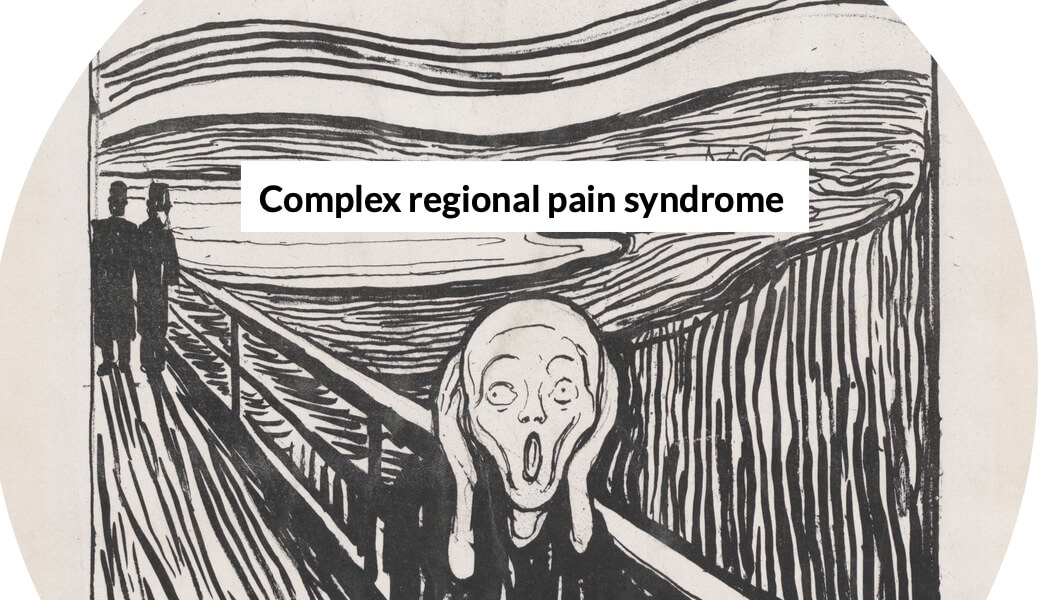Hidden Pain Causes
We all know about pain—it hurts. But what if that pain does not subside or pain medication does not help? Then, we consider that we have failed to heal after injury. This article will introduce you to a painful condition known as a pain ‘syndrome’. The blue links in this article provide more details about the subject. Some articles do contain adverts. READ MORE …
Thanks for reading ‘COMPLEX PAIN AS A SYNDROME’ by David R. Tollafield
Published by Busypencilcase Reflective Communications Est. 2015



Trackbacks/Pingbacks